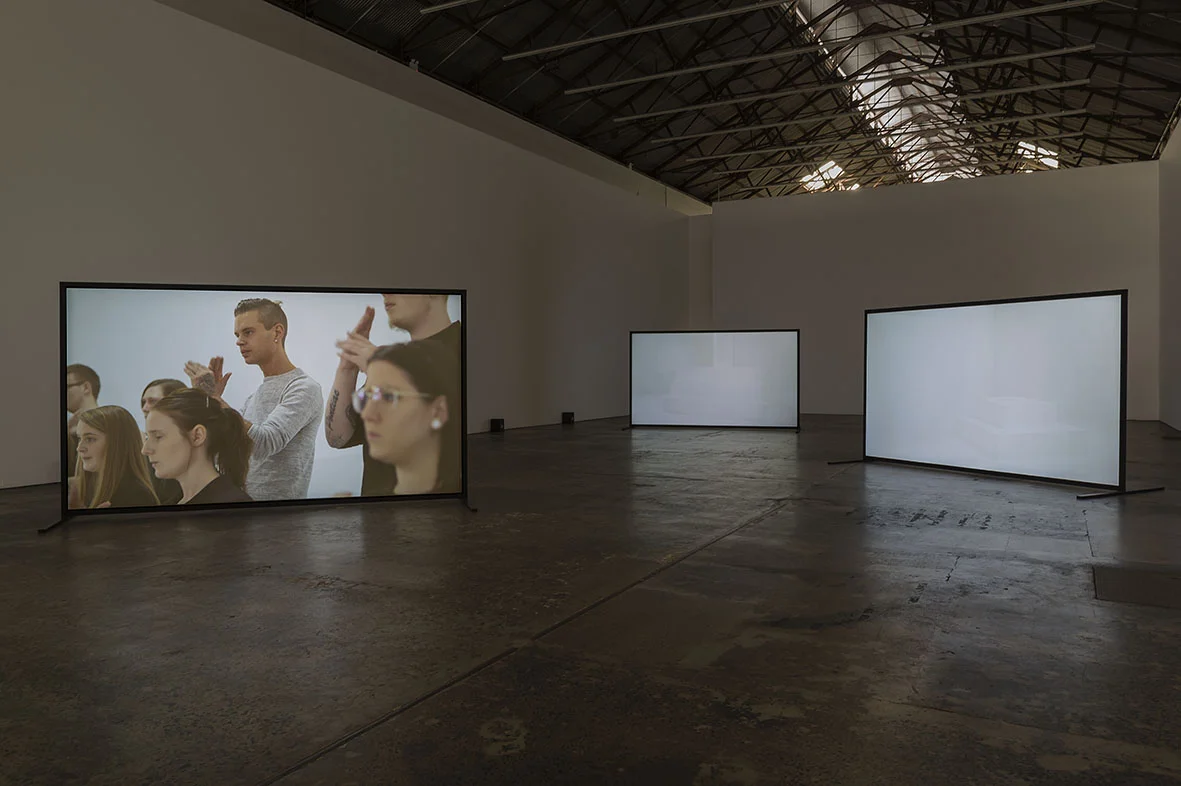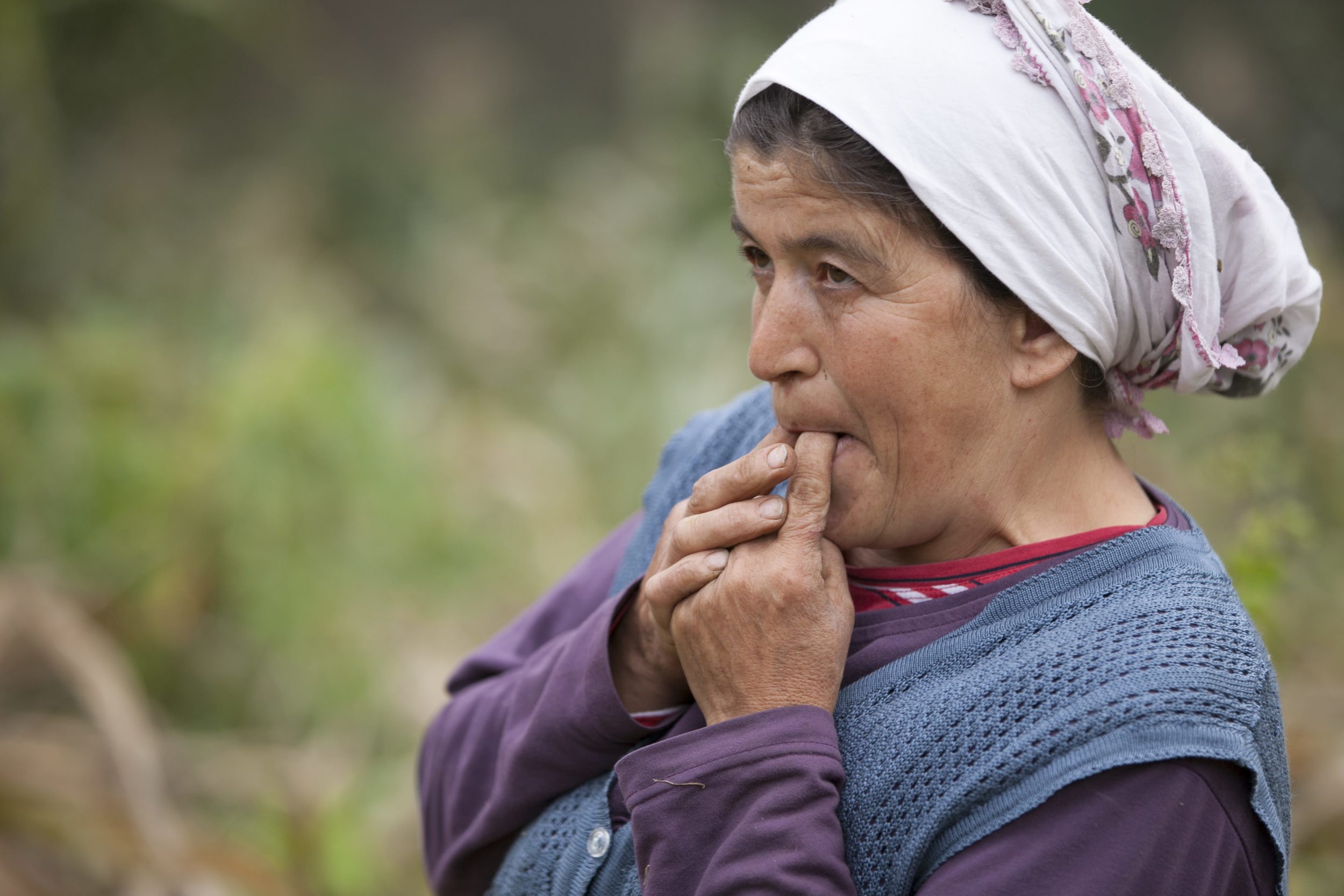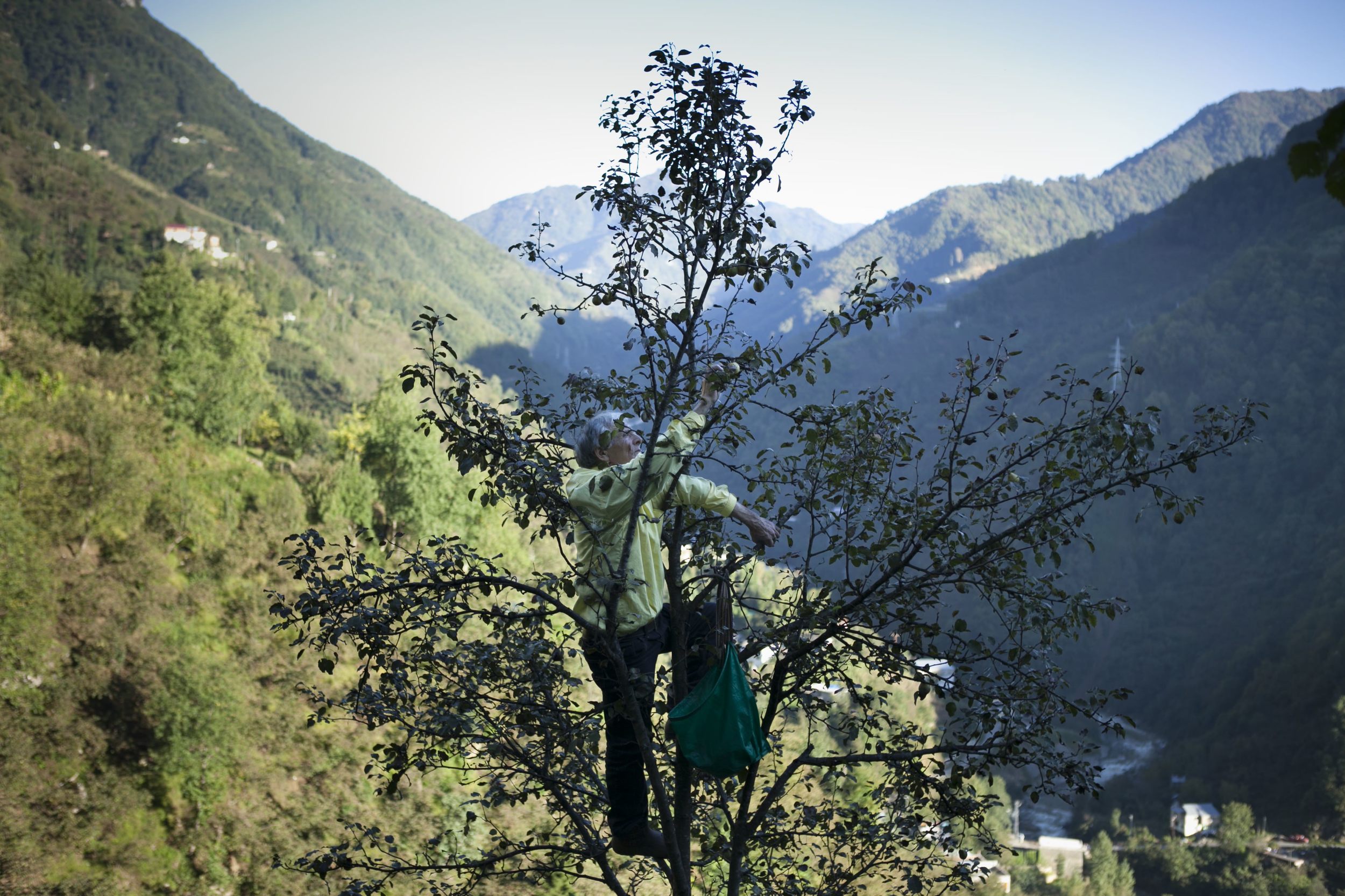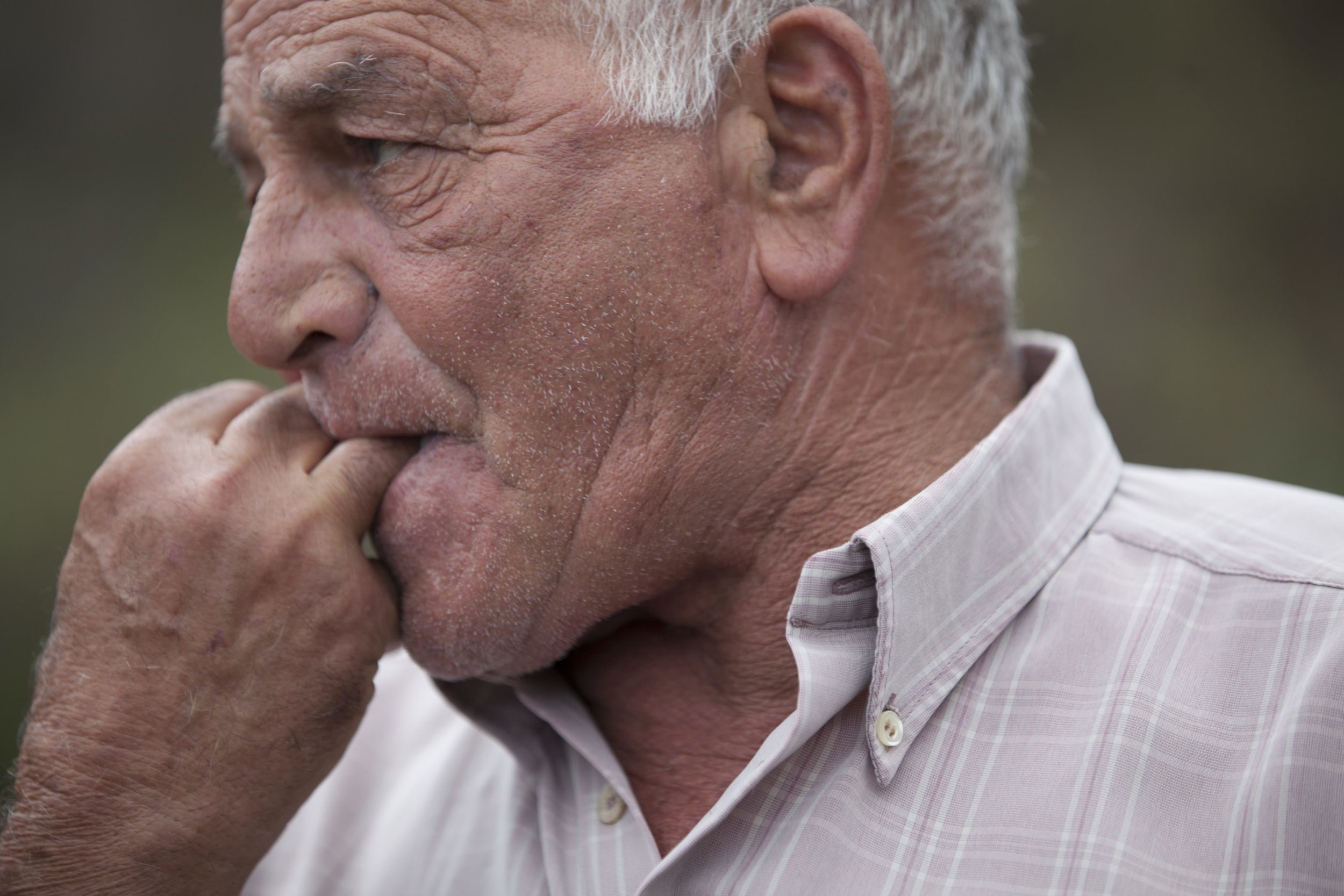Angelica Mesiti’s ASSEMBLY is a three-channel video installed within an architectural setting inspired by the historical shape of the community circle and amphitheatre. ASSEMBLY establishes as an evolving set of translations from the written word to stenographic codes then music, and performance. Filmed in the Senate chambers of Italy and Australia, the three screens of ASSEMBLY travel through the corridors, meeting rooms and parliaments of government while performers, representing the multitude of ancestries that constitute cosmopolitan Australia, gather, disassemble and re-unite, demonstrating the strength and creativity of a plural community.
Curator Juliana Engberg said, “ASSEMBLY uses and personifies the exilic energies of those who seek belonging in the community—the young, the female, Indigenous, the newly arrived and exiled, the refugee as well as the artist. Mesiti’s performers play along to an inherited code, but through translation, improvisation, adaptation, and re-interpretation demonstrate how a new music can emerge. The abstract relations and associations within ASSEMBLY open a space of imagined possibilities arising out of strange juxtapositions and unlikely re-locations.
“Cutting a rupture into the voided place of government to ignite a next succession of communication, ASSEMBLY seeks to create a new space for those who want to speak differently, hear attentively, and act together to form a new translation of the democratic process.”
Commissioned by the Australia Council for the Arts on the occasion of the 58th International Art Exhibition, La Biennale di Venezia. Courtesy of the artist and Anna Schwartz Gallery, Australia and Galerie Allen, Paris.
Curated for the Australian Pavilion by Juliana Engberg.
CREDITS
Artist Angelica Mesiti
Producer Bridget Ikin
Cinematographer Bonnie Elliott, ACS
Composer Max Lyandvert
Michela Stenographic Advisor Paolo Michela-Zucco
Poet David Malouf
CANBERRA PRODUCTION
Sound Recordist Kimmo Vennonen
Camera Assistant Juntra Santitharangkun
Digital Imaging Technician Jamie Gray
Gaffer Russell Fewtrell
Grip David Litchfield
Steadicam Operator Pete Barta
Assistant Sound Recordist Aron Dyer
Costumes Alice Babidge
ROME PRODUCTION
Line Producer Massimiliano Navarra
Producer's Assistant Maichel Marchese
1st Camera Assistant Stefano Barabino
2nd Camera Assistant Mattia Gelain
Sound Recordist Riccardo Gaggioli
POST-PRODUCTION
Editor Angelica Mesiti
Music Mix Bob Scott
Sound Design and Mix Liam Egan
Colourist Billy Wychgel
Post-Production Supervisor Peter Lenaerts
MUSICIANS AND PERFORMERS
Michela Stenographer Michele Pigliapoco
Pianist Sonya Lifschitz
Viola James Wannan
Clarinet Aviva Endean
Sanṭūr Jamal Farokhsereshti
Dancer Deborah Brown
Drummers, C'DARZ John Afram, Christopher, Dandan, Ricky Hadchiti, Albert Khouri, Rizik Khouri, Bakhos Samrani, Nadim Sleiman, Anthony Younes
Vocalists The House that Dan Built: Elektra Blinder, Grace Campbell, Sofia Goulding, Brianna Harris, Kittu Hoyne, Kiri Jenssen, Emily Pincock, Harper Pollard, Jayden Selvakumaraswamy, Iris Simpson, Thu Tran, Sylvie Woodhouse
Vocalists’ Manager
Danielle O’Keefe
Lancia Vendors of Rome
Exhibition Designer Simon de Dreuille
Produced by Felix Media, with the support of Screen Australia

































































































































































